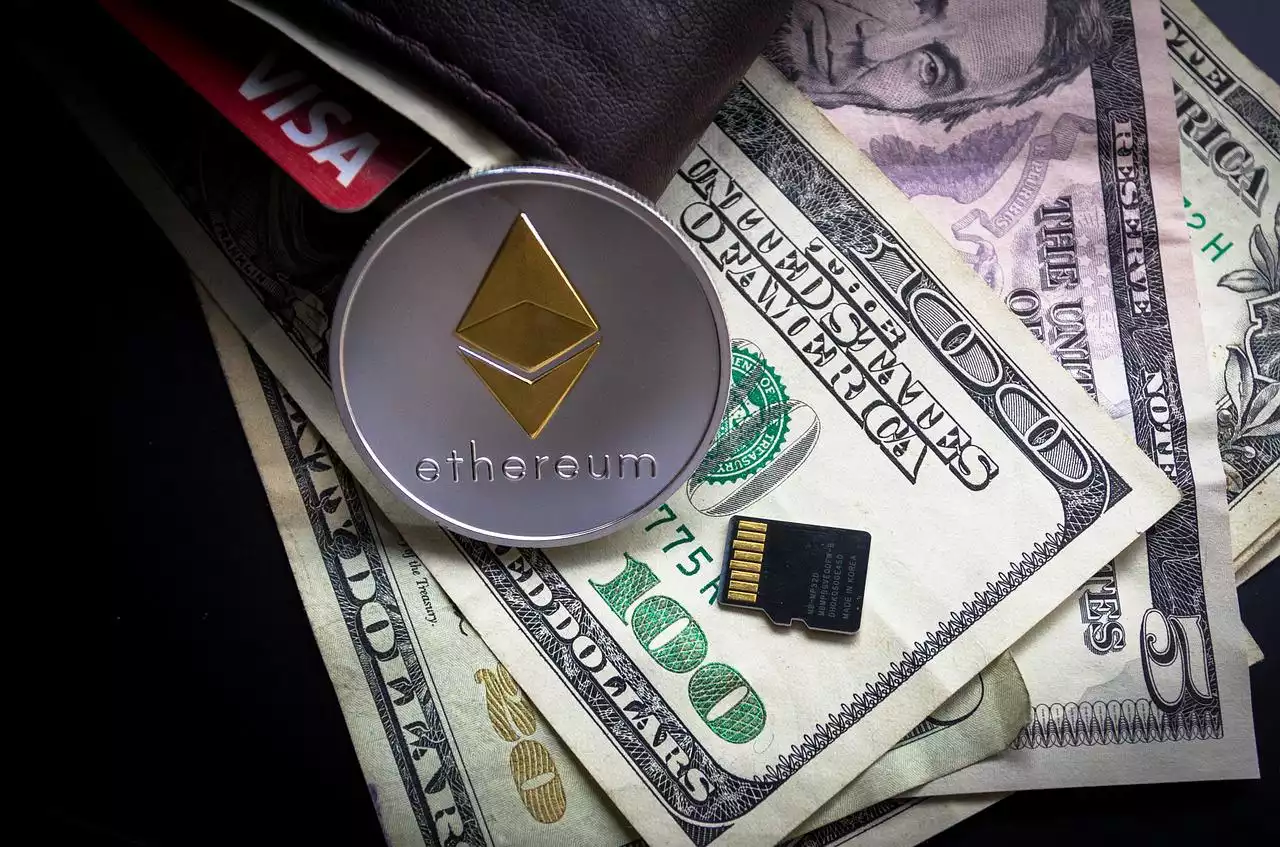Cryptocurrencies have captured the collective imagination of the world’s investors and traders. While some have lost money, many others have made a fortune. If you are planning to get into this exciting market, then you should exchange crypto to crypto rather than fiat to crypto. This is because there are many cryptocurrencies that differ from one another in terms of their utility value, available supply and demand, value, use case and more.
In other words, it is important to understand the differences between various digital currencies before getting started. If you are new to the world of cryptocurrencies, then this guide is for you. This article lists some of the most popular crypto coins and their respective exchanges. It also offers strategies on how to get started with trading.
What is a Cryptocurrency?
A cryptocurrency is a digital or virtual currency designed to be used as a money substitute. It can also be used as an investment. Many cryptocurrencies are designed to mimic the functional elements of money (e.g., currencies, store of value, medium of exchange, etc.) Hence, they are called virtual or fiat currencies.
Cryptocurrencies can be used to buy goods and services or traded like stocks. Most virtual currencies are not government-issued, like traditional money. Instead, they are decentralized digital tokens created by computer programmers using a blockchain system. A blockchain is a public digital ledger that records transactions across many decentralized computers.
Bitcoin (BTC)
Bitcoin is the original cryptocurrency that was introduced in 2009 by Satoshi Nakamoto, who developed the software that allows the cryptocurrency to function. It is the most widely traded cryptocurrency and one of the most controversial.
Bitcoin is a virtual currency that can be transferred electronically and stored in digital wallets. It has become a major means of payment for black market and criminal activities such as drug trafficking, money laundering, and terrorist financing.
Ethereum (ETH)
Ethereum is a Turing-complete blockchain-based software platform that enables developers to build decentralized applications (DApps). Like bitcoin, its primary function is as a medium of exchange, but it can also be used to store savings, be paid for services, and be transferred between individuals.
Ethereum was initially described in a white paper by Vitalik Buterin in 2013. The paper described an architecture for a decentralized blockchain that could enable Smart Contract functionality. However, the white paper was changed to reflect the evolution of the project.
Ripple (XRP)
Ripple is a blockchain-based financial technology that provides financial settlement solutions for corporates and institutions. It was launched in 2012 as a non-bitcoin cryptocurrency. Ripple’s consensus ledger is called the Ripple Consensus Ledger (RC Ledger).
Like bitcoin, Ripple’s network is based on a blockchain. However, the technology is different. Instead of mining new coins, Ripple uses an Escrow System to verify transactions. Additionally, it uses a Consensus Ledger, which is a combination of a Blockchain and a consensus algorithm to verify transactions.
Litecoin (LTC)
Litecoin is a peer-to-peer Internet currency that enables instant and near-zero cost payments to anyone in the world. Litecoin is popular in East Asia.
Like many other cryptocurrencies, Litecoin uses various encryption techniques to secure transactions and regulate coin supply.
NEO (NEO)
NEO is a cryptocurrency created in 2017 to offer a decentralized platform for digital assets. The platform is based on the blockchain technology and uses the “NEO token,” which can be used to pay for transaction fees and applications deployed on the platform.
Cardano (ADA)
Cardano is a cryptocurrency and blockchain platform created by a team of researchers and developers. It was founded in 2014 and is built upon a decentralized framework that utilizes “smart contracts.” The platform aims to provide features such as high transaction volume, fast transaction confirmations, decentralized applications, and security.
IOTA (MIOTA)
IOTA is a cryptocurrency that was originally based off of the Ethereum blockchain. However, it’s designed to be used as a “decentralized ledger” for the Internet of Things (IoT).
IOTA’s ledger is called the “Tangle.” It uses a novel protocol that is “based on a new kind of directed acyclic graph that is far more efficient and scalable.”
Conclusion
There are many choices when it comes to choosing which cryptocurrency to exchange to start trading in the market. This guide has provided an overview of the most popular ones and their respective exchanges. Bitcoin (BTC) is the original cryptocurrency that was introduced in 2009 by Satoshi Nakamoto, who developed the software that allows the cryptocurrency to function. Ethereum (ETH) is a Turing-complete blockchain-based software platform that enables developers to build decentralized applications (DApps). ripple (XRP) is a blockchain-based financial technology that provides financial settlement solutions for corporates and institutions. Litecoin (LTC) is a peer-to-peer Internet currency that was created in 2011 by Charles Lee. NEO (NEO) is a cryptocurrency created in 2017 to offer a decentralized platform for digital assets. Cardano (ADA) is a cryptocurrency and blockchain platform created by a team of researchers and developers. IOTA (MIOTA) is a cryptocurrency created in 2015 that is not based on a blockchain like most cryptocurrencies.


 Types Cases for Mobile Phones
Types Cases for Mobile Phones Social Media Apps For Mobile Phones
Social Media Apps For Mobile Phones
 How AI is Changing the Landscape of Business Analytics
How AI is Changing the Landscape of Business Analytics The Best Dumbphones on the Market
The Best Dumbphones on the Market
 A Look at What is Immunology?
A Look at What is Immunology? Power Banks For Mobile Phones
Power Banks For Mobile Phones How AI Can Help You Manage Your To-Do List Effectively
How AI Can Help You Manage Your To-Do List Effectively How AI is Transforming SEO and Content Optimization
How AI is Transforming SEO and Content Optimization The Invention of the Android System
The Invention of the Android System 10 AI Tools to Boost Your Productivity at Work
10 AI Tools to Boost Your Productivity at Work What are the Most Successful Cryptocurrencies?
What are the Most Successful Cryptocurrencies? The Future of Cryptocurrencies - Here's What You Need to Know
The Future of Cryptocurrencies - Here's What You Need to Know How to Invest in Cryptocurrencies: A Beginner's Guide
How to Invest in Cryptocurrencies: A Beginner's Guide Bitcoin and its Benefits in the Marketplace
Bitcoin and its Benefits in the Marketplace Cryptocurrencies and What is a Dogcoin?
Cryptocurrencies and What is a Dogcoin?